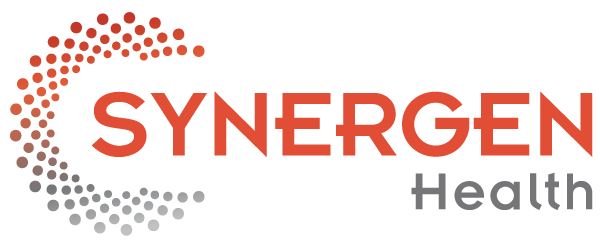 Ensuring successful revenue cycle management comes down to how proficient health care organizations are at optimizing processes, utilization of staff and the latest technology. More health organizations are turning to advanced technology that can be integrated into their current billing software and delivers an immediate return on investment.
Ensuring successful revenue cycle management comes down to how proficient health care organizations are at optimizing processes, utilization of staff and the latest technology. More health organizations are turning to advanced technology that can be integrated into their current billing software and delivers an immediate return on investment.
Specifically, artificial intelligence and robotic process automation can simplify the complexity of revenue cycle management by increasing efficiency of the repetitive and labor-intensive processes involved. Providers can turn to these tools to increase their net collections and lower the average days in A/R within four billing procedures:
Identifying underpayment trends Due to the complexity of individual payer contracts signed by organizations, providers can be reimbursed different amounts per patient even when the same care is provided. It is estimated that 7 to 11 percent of the claims are usually underpaid. With system automation, health care providers can identify underpayment trends by comparing and analyzing the actual reimbursement received for similar claims, especially when payer specific contracts are not updated into providers’ billing systems.
Coding optimization We are witnessing steadily rising coding-related denials (the Medical Group Management Association reports that the industry benchmark for total claims denials is around 5 percent). The use of machine learning and Natural Language Processing (NLP) can improve in-house billing efforts by ensuring proper coding and billing through extracting and recognizing data elements from medical documents or in dictated clinical notes that may have been missed. NLP is a form of AI capable of identifying select elements in language. When combined with machine learning, NLP can process and analyze unstructured data, including speech, text and handwriting. By using these technologies, we have found that we have been able to improve the coding efficiency by 10 percent.
Claims Following up on claims is extremely time consuming, but is a necessary step in managing claims. Insurance carriers require providers to log into their payer portal or Interactive Voice Response System (IVR) and enter multiple fields data to identify the status of claims one at a time. Using AI and robotic automation tools, organizations can automate the claim follow-up process. By applying machine learning on claims data, organizations can maximize outcomes by prioritizing claims with a higher reimbursement rate, while alleviating resources for other billing tasks.
Appeals In some cases, 30 percent the claims are usually denied or ignored on first submission. This results in massive rework and appeals. When appealing a denied claim, providers need to attach multiple documents specific to each claim, and then process the appeal manually. Automating the appeals process to generate unique letters, collect the required documents, and upload them to payer portals according to their requirements can ensure appeals are filed and processed in a timely manner. This also allows providers to work on more claims with higher accuracy, which can result in lower costs and better cashflow. By using machine learning and robotic process automation, we have found that clients can increase revenues up to 20 percent and collect revenue that was completely written off.
About the Author: Mel Gunawardena is the founder of SYNERGEN Health in Dallas and spoke about this topic at TOA’s 2017 and 2018 annual conferences.

